There is nothing quite like the undeniable glow of gold. Whether adorning a classic timepiece, catching the light in a delicate necklace, or serving as the centerpiece of a diamond ring, gold has been the standard of luxury and permanence for millennia. But when choosing jewelry, the critical question arises: Gold Plated vs. Solid Gold?
While both options offer the coveted aesthetic of gold, the similarities end there. The difference between the two affects everything from the price tag and the necessary care, to the longevity and genuine value of the item.
Here is your definitive guide to the essential differences between solid gold and gold plating.
Navigate to:
Understanding Solid Gold
When we talk about “Solid Gold,” we are referring to an alloy (a mixture of metals) where gold is the dominant component used throughout the entirety of the piece.
Composition and Karats
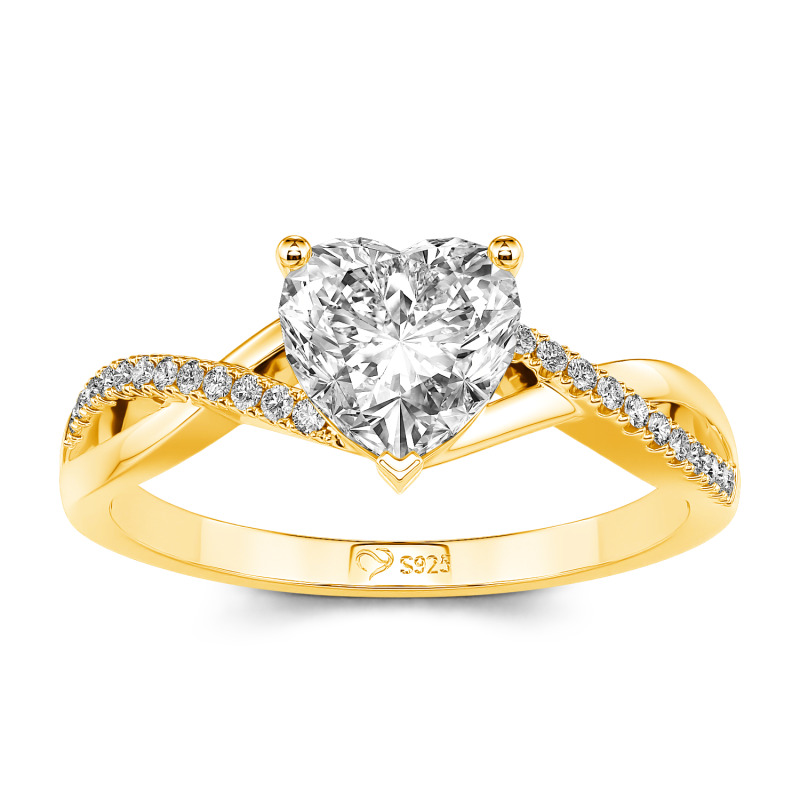
Gold is naturally a very soft metal. To make it durable enough for everyday wear, it is mixed with stronger base metals like copper, silver, or zinc. The ratio of pure gold to these other metals is measured in Karats (K).
- 24K: 100% pure gold. Too soft for jewelry, often reserved for bullion or specialized applications.
- 18K: 75% pure gold (18 parts gold, 6 parts alloy). Offers a rich color and is highly durable. Excellent for fine jewelry.
- 14K: 58.3% pure gold (14 parts gold, 10 parts alloy). The most popular choice for jewelry in the U.S. and Europe, offering a perfect balance of durability and value.
- 10K: 41.7% pure gold. The minimum legal standard to be called “gold.” Very durable, but the color is often lighter.
The Major Advantages of Solid Gold
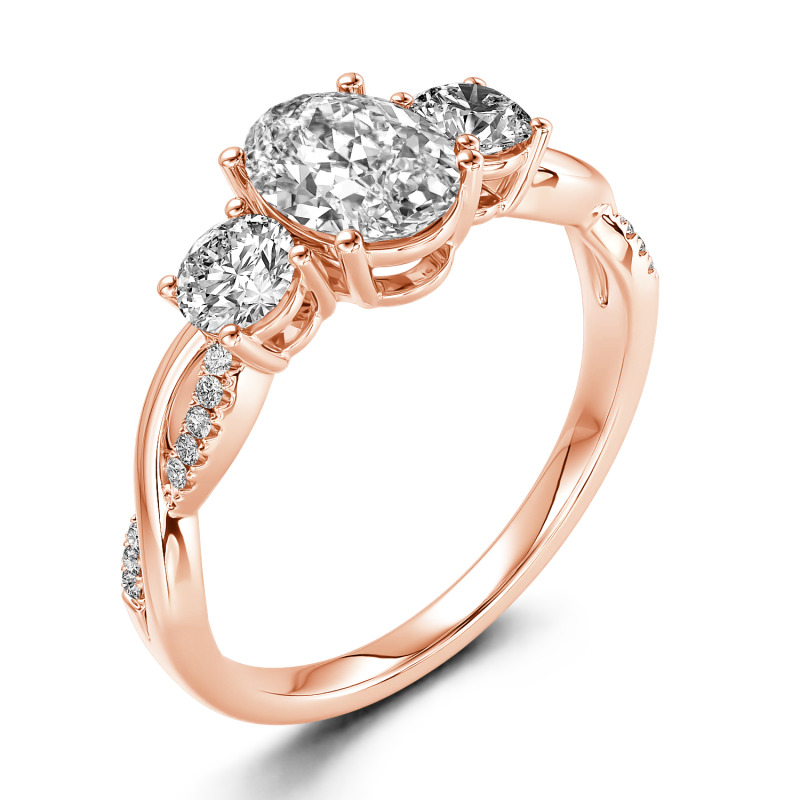
- Longevity and Durability: Solid gold pieces are built to last a lifetime and can be easily repaired, resized, or polished without damaging the integrity of the material.
- Hypoallergenic: Pure gold is hypoallergenic. The higher the karat, the less likely the piece is to cause skin irritation (though some people react to the alloy metals like copper or nickel found in 10K or 14K gold).
- Investment Value: While the price relies heavily on the design and craftsmanship, a portion of the value is tied directly to the precious metal content, providing inherent worth.
Understanding Gold Plating
Gold plating is a process where a microscopically thin layer of gold is deposited onto the surface of a less expensive base metal, such as brass, copper, nickel, or sterling silver.
The Electroplating Process
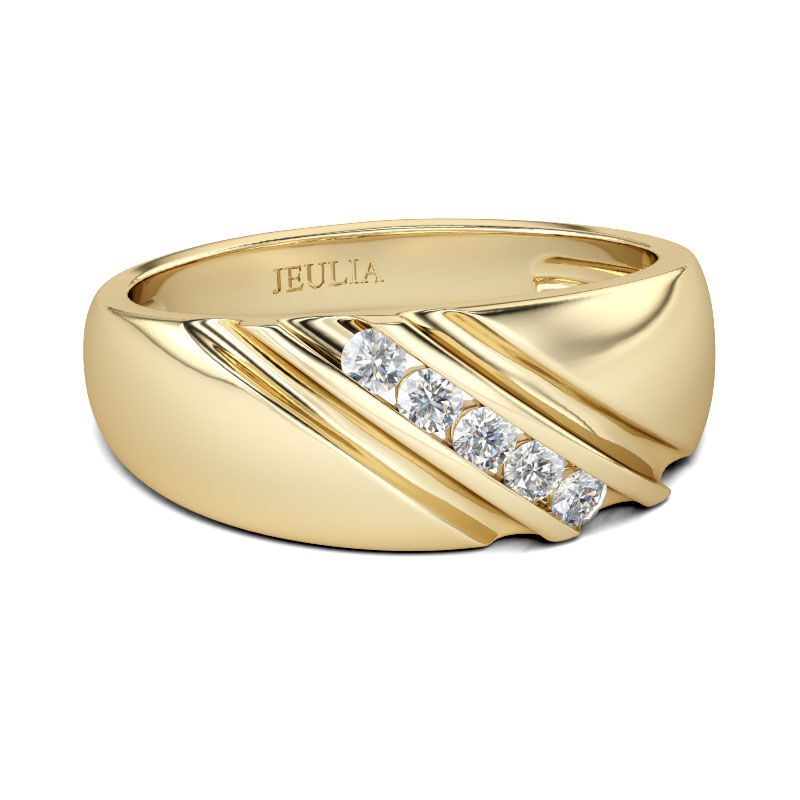
The most common method is electroplating. The base metal item is submerged in a chemical solution containing gold. An electric current is then run through the solution, which causes positive gold ions to bond to the negative base metal.
The thickness of this gold layer is typically measured in microns. Standard plating is usually 0.5 to 2.5 microns thick.
Key Considerations for Gold Plating
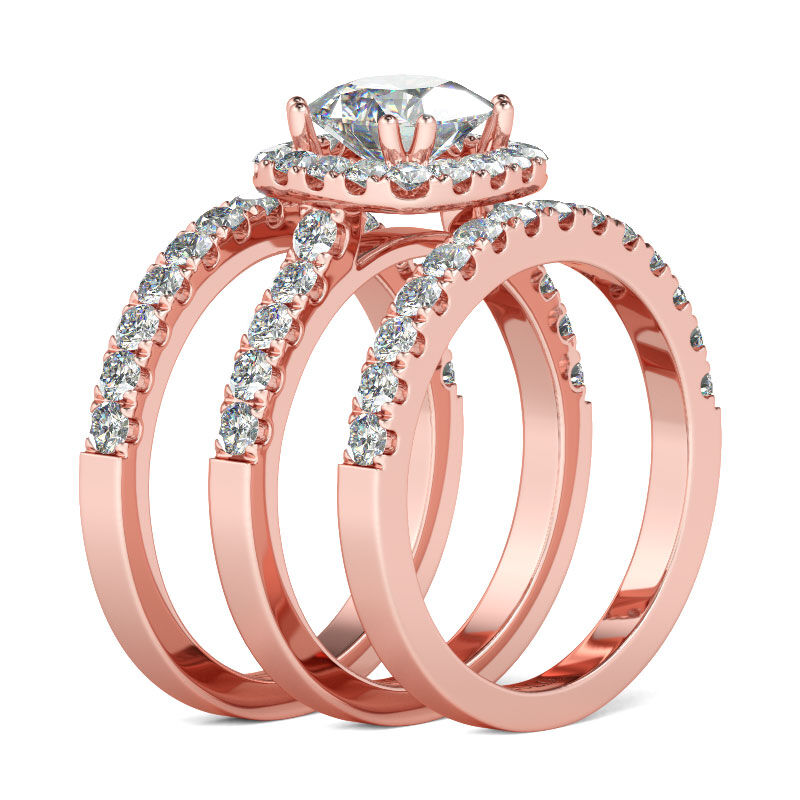
- Affordability: This is, without a doubt, the greatest advantage. Gold plated items allow consumers to access the look of luxury at a fraction of the cost.
- Fashion Focus: Plated pieces are perfect for fast-moving trends and statement jewelry. If you only plan to wear an item for a season or two, plating is a smart budget choice.
The Major Drawbacks of Gold Plating
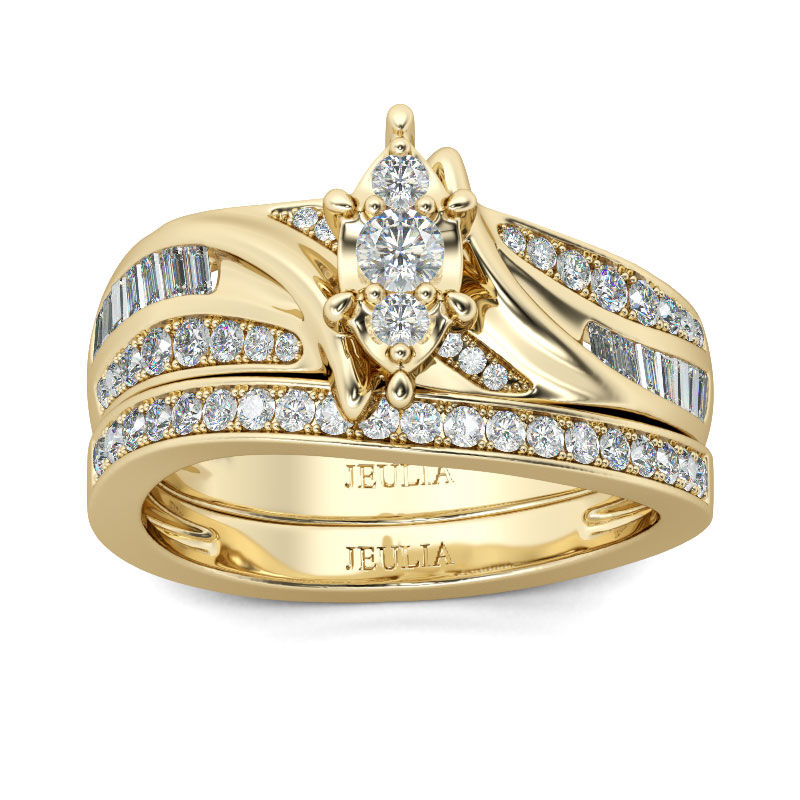
- Longevity: Because the gold layer is so thin, it is highly susceptible to wear and tear. Over time, the plating will rub, chip, or flake off, exposing the underlying base metal. This process is accelerated by sweat, chemicals (like perfume or chlorine), and friction.
- Tarnishing: When the gold layer wears away, the base metal underneath (especially copper or brass) will oxidize and tarnish, which may cause a greenish tint on the skin.
- Re-Plating Required: To maintain the look, a gold-plated item will eventually need to be professionally re-plated, which adds to the long-term cost.
A Note on Gold Vermeil
If you are looking for a high-quality alternative to solid gold, look for Gold Vermeil. This is technically a type of plating, but with strict standards:
- The base metal must be Sterling Silver (a precious metal).
- The plating must be a minimum of 2.5 microns thick (significantly thicker than standard plating).
Vermeil offers better longevity and quality than standard plating while still being more affordable than solid gold.
Side-by-Side Comparison: Gold Plated vs. Solid Gold
| Feature | Solid Gold (10K+) | Gold Plated |
|---|---|---|
| Composition | Gold alloy throughout the entire piece. | A thin layer of gold over an inexpensive base metal (e.g., brass, copper). |
| Price | High (Value based on weight and karat). | Low (Value based on base material and craftsmanship). |
| Durability | Excellent, can last for generations. | Poor to moderate; plating wears off over time. |
| Hypoallergenic | Generally hypoallergenic (especially 14K+). | Not guaranteed; often irritates sensitive skin as base metal is exposed. |
| Maintenance | Low (occasional cleaning). | High (requires careful handling; avoids water and chemicals). |
| Investment | Yes, holds intrinsic value. | No, little to no intrinsic value. |
Gold Plated vs. Solid Gold: Which Should You Choose
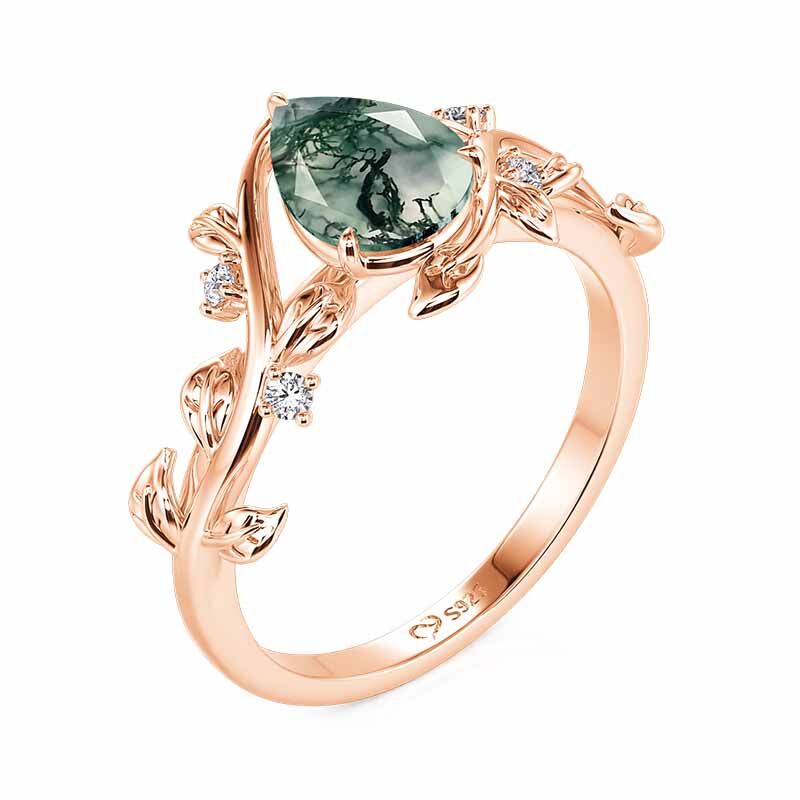
Gold Plated vs. Solid Gold: A choice shaped by your budget, occasion, and expectations for longevity.
Choose Solid Gold When…
- It’s a Special Occasion: For landmark pieces like engagement rings, wedding bands, milestone birthday gifts, or heirlooms intended to be passed down.
- You Want Everyday Wear: If you plan to wear the item daily, through showers, gym sessions, and consistent rubbing, the durability of solid gold is essential.
- You Have Sensitive Skin: To minimize the risk of skin reactions.
- You See It as an Investment: When you want the piece to retain or potentially increase its value over time.
Choose Gold Plated (or Vermeil) When…
- You Are Testing a New Trend: Use plating to try out bold, large, or fashionable styles without making a major financial commitment.
- It’s for Occasional Wear: If the item will be worn sparingly (e.g., a statement necklace for parties or a cocktail ring).
- You Are Traveling: Leave your expensive solid gold pieces at home and wear a plated replacement to mitigate potential loss or theft.
- Budget is the Priority: When you need the aesthetic of gold without the high cost.
In the world of metals, true luxury lies in permanence. Gold Plated vs. Solid Gold:while gold plating allows us to enjoy the shine of gold affordably, it can never replace the enduring quality and intrinsic value of the solid metal beneath.
